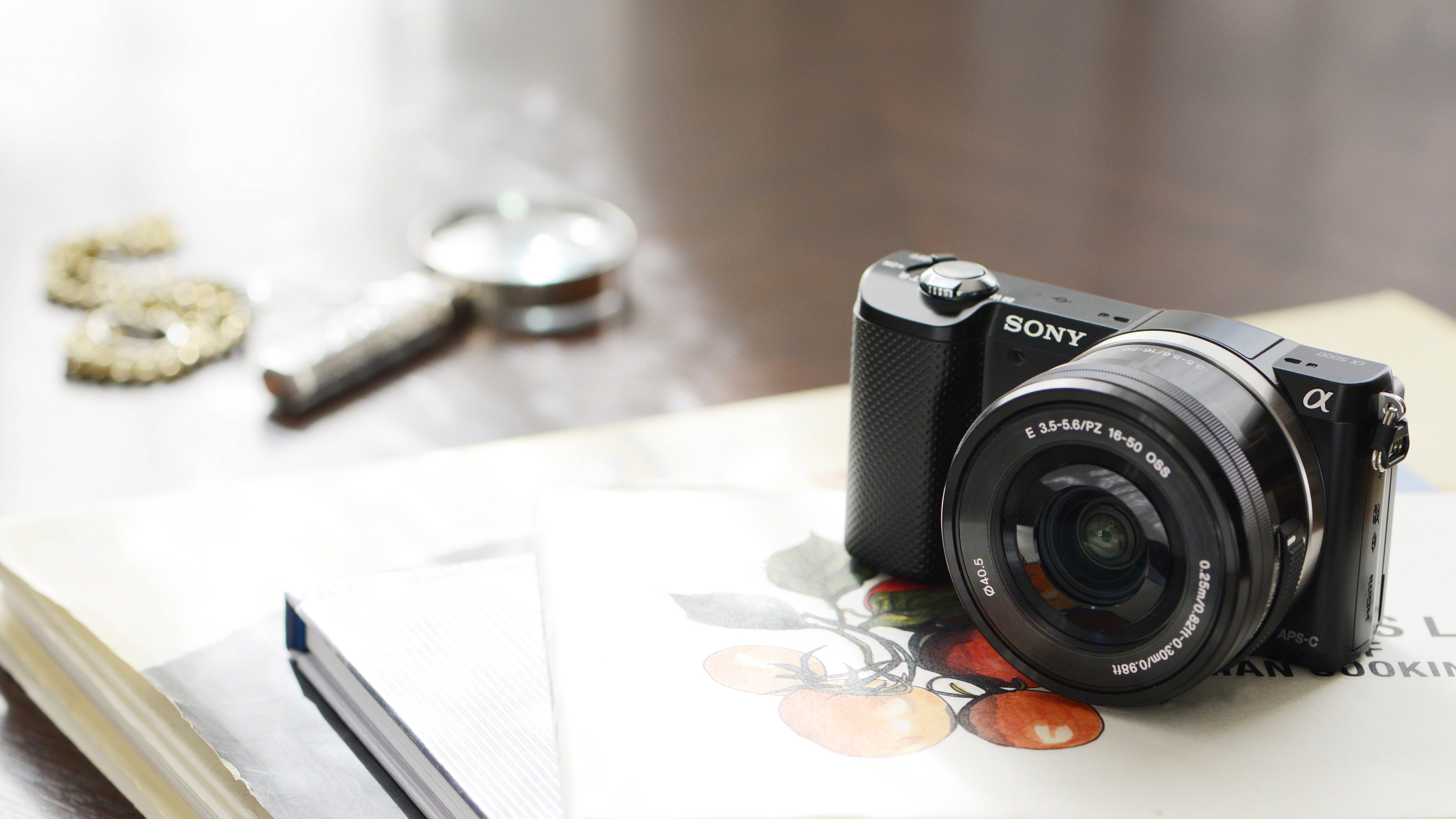Why you can trust TechRadar
We shoot a specially designed chart in carefully controlled conditions and the resulting images are analysed using DXO Analyzer software to generate the data to produce the graphs below.
A high signal to noise ratio (SNR) indicates a cleaner and better quality image.
For more more details on how to interpret our test data, check out our full explanation of our noise and dynamic range tests.
Here we compare the Sony A5000 with the Fuji X-A, the Panasonic GF6 and the Olympus E-PM2.
JPEG signal to noise ratio

In this graph we can see that the A5000 puts in a relatively consistent performance which is pretty closely matched with the Panasonic GF6 and the Olympus PEN E-PM2. It is the Fuji X-A1 which really storms ahead here though, producing better results, by quite some margin, at every sensitivity setting.
Raw signal to noise ratio

For the raw (after conversion to TIFF) files, it's a similar story here, with the A5000 putting in a decent performance. It is however beaten by the Panasonic GF6 and Olympus PEN E-PM2at the same sensitivities. At the very lowest sensitivity (ISO 100), it is almost exactly tied with the Fuji X-A1, but the Fuji takes over from ISO 400 and above.
JPEG dynamic range

For dynamic range, the Sony A5000 puts in a good performance in JPEG files across the sensitivity range. It is beaten by the Olympus PEN E-PM2 at every sensitivity, but it comfortably beats the Fuji X-A1, which has a much flatter dynamic range. In the Fuji's defence, this type of graph is borne out by warmly saturated, pleasing to the eye images, whereas the Sony's are more accurate.
Sign up for breaking news, reviews, opinion, top tech deals, and more.
RAW dynamic range

In terms of the raw files (after conversion to TIFF), the A5000 is very closely matched with the X-A1, demonstrating the processing that Fuji cameras apply to its JPEG images. This suggests that colours from the A5000 are very natural and true to life, something which I have found to be true in real-world testing. It is however the Olympus PEN E-PM2 which steals the show here, beating all of the cameras on test by a considerable amount, at every sensitivity.
Current page: Noise and dynamic range
Prev Page Image quality and resolution Next Page Image samples
Amy has been writing about cameras, photography and associated tech since 2009. Amy was once part of the photography testing team for Future Publishing working across TechRadar, Digital Camera, PhotoPlus, N Photo and Photography Week. For her photography, she has won awards and has been exhibited. She often partakes in unusual projects - including one intense year where she used a different camera every single day. Amy is currently the Features Editor at Amateur Photographer magazine, and in her increasingly little spare time works across a number of high-profile publications including Wired, Stuff, Digital Camera World, Expert Reviews, and just a little off-tangent, PetsRadar.
